How to Use Area Models to Factor Variable Expressions?

- Draw a rectangle with dimensions that match the coefficients and variables in the expression.
- Identify two smaller rectangles within the larger rectangle that would have dimensions that match the factors you want to find.
- Write the dimensions of the smaller rectangles as the factors of the original expression.
- Simplify the expression by using the distributive property, and then simplify further if possible.
Using Area Models to Factor Variable Expressions – Example 1
Using Area Models to Factor Variable Expressions – Example 2
Use the area model for factoring variable expressions.
\(18j+12\)
Solution:
Step 1: Find the greatest common factor of 18j and 12. It is 6.
Step 2: Divide each term by the factor. \(18j÷6=3, 12÷6=2\).
Step 3: Write \(18j+12\) in factored form. The area model signifies it is equal to the product of 6 and \(3j+2\).
Related to This Article
More math articles
- A Comprehensive Guide to the Properties of Continuity in Functions
- Top 10 TABE Math Practice Questions
- The Ultimate 7th Grade PARCC Math Course (+FREE Worksheets)
- 5th Grade OST Math FREE Sample Practice Questions
- Full-Length ISEE Lower Level Math Practice Test-Answers and Explanations
- Full-Length HiSET Math Practice Test
- Weight Measurements
- Definition and Properties of Inverse Trigonometric Functions
- How to Model and Solve Equations Using Algebra Tiles
- Overview of ATI TEAS 7 Mathematics Test


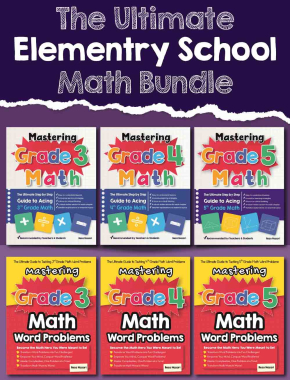
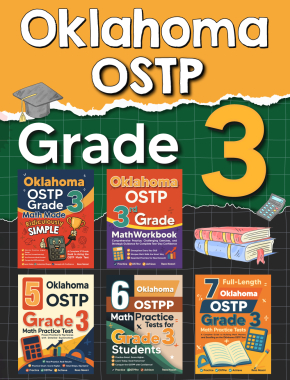
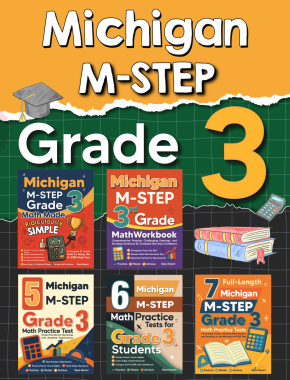


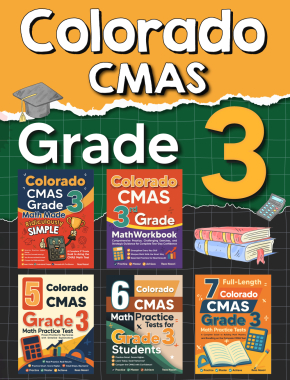
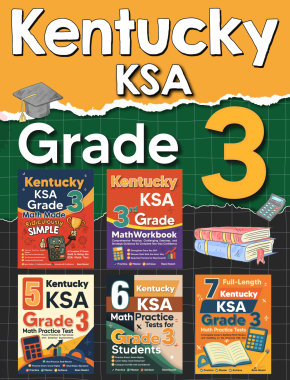
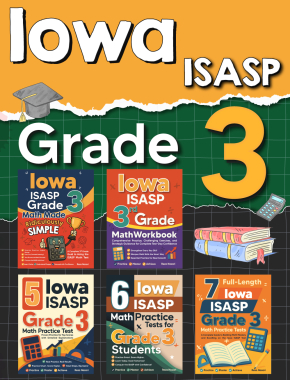

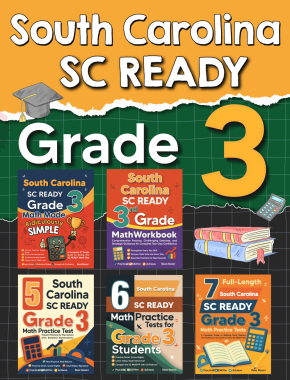
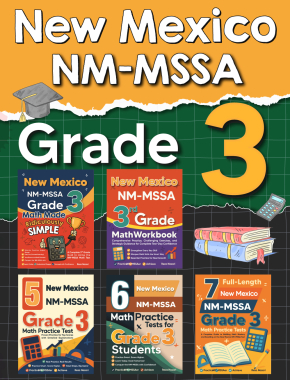

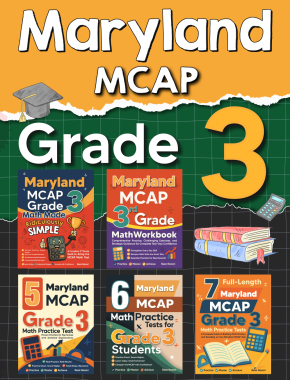

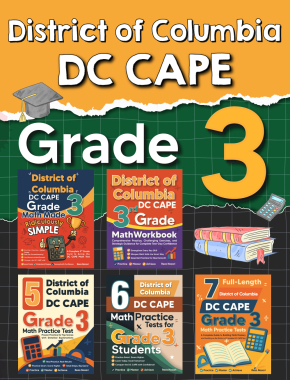
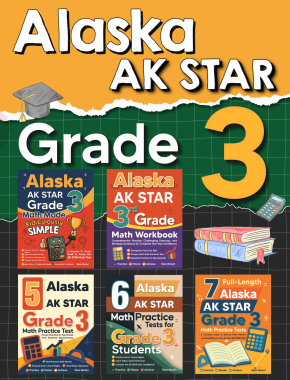




















What people say about "How to Use Area Models to Factor Variable Expressions? - Effortless Math: We Help Students Learn to LOVE Mathematics"?
No one replied yet.